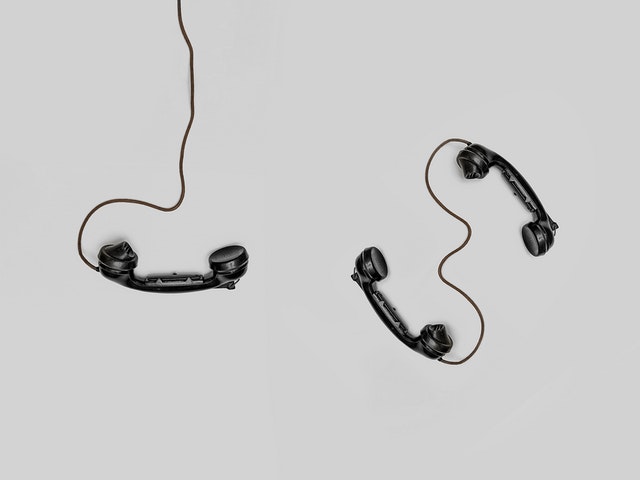-
Category:Empowerment
-
Empowerment level:Self assertion, self-awareness and decisions

The trainer explains the communication scheme based on four quadrants (See the scheme in ("NECESSARY RESOURCES").
A couple living together are having dinner. She tells him she's happy with a conversation she had today with her boss, in which she's gotten a pay raise.
According to the communication model, the man has four ways of responding to the woman he loves. And if you are interested in maintaining a good and happy relationship with her, you should respond actively and constructively. Studies show that couples who communicate in this way enjoy a much fuller and more satisfying relationship than those who do not. But let's look at all possible answers:
Active - destructive
Sir! Do you realise what you've achieved with that stupid conversation with your boss? We're going to have to pay more taxes because you're only interested in money! And you're going to have to work harder to justify that increase, aren't you? So you'll have less time to work at home. But I'll tell you one thing: I won't do anything...
Passive - destructive
Where's my beer? Is dinner ready yet?
Passive - constructive
All right, sweetheart! Congratulations!
Active - constructive
That's great, sweetheart! I'm so glad you got this pay raise because I know you've worked hard in the last few months. Tell me exactly what you said to your boss and what he said. I want to know how you did it because you weren't sure you'd get this raise. Yesterday you told me that you were a little distressed...
Step 2
The trainer discusses with the group the specificity of each style of communication.
Active and constructive communication is based on the following aspects:
- show real interest through questions to get more information
- be able to listen attentively to the person speaking to you
- be able to express emotions empathetically
- show interest in the emotions of the person we are talking to
Step 3
Participants practice active - constructive communication in groups.
Person A talks about a problem or tells another person something about a positive experience at the workplace. Person B tries to react actively and constructively. Two or three other people listen. After this session, the people who have listened offer their impressions to the direct interlocutors of the conversation. Then two other people in the group start another conversation and the process is repeated. One session lasts about 10 minutes and the reaction time of the group about 5 minutes.
Files needed for the implementation of the activity

